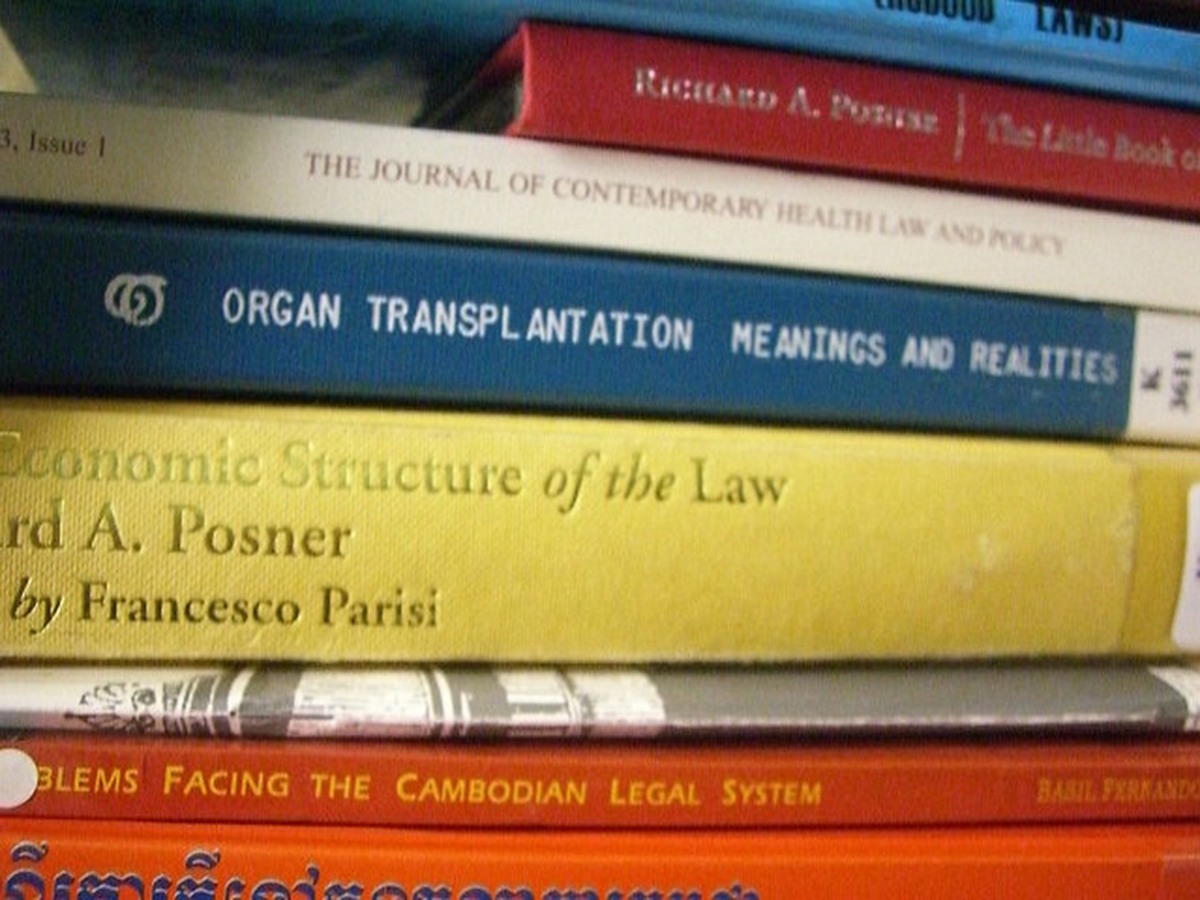Table of Contents
The idea of transplanting a human head (or a human body, depending on your point of view) sounds like something that would be done in the laboratory of Dr. Frankenstein. Italian surgeon Sergio Canavero, however, plans to do the procedure soon.
Dr. Canavero's critics point out that the reconnection of the spinal cord, even if that is enough to restore the ability to the lower body to move, is similar to connecting two ends of a strand half as wide as a human hair. To make the reconnection possible, Canavero plans to use an "ultra-sharp" blade that does minimal damage to either of the two spinal cords (donor and recipient) that have to be merged. Once the spinal cords are reattached, then a team of 100 surgeons operating for 36 hours will attach the blood vessels and muscles of the neck of the recipient to the donor body.

Chemicals such as chitosan and polyethylene glycol will be used to encourage the new connection. The spinal cord will be electrically stimulated for three to four weeks while the patient is kept in a coma. Canavero believes that his patient will be able to walk within a year.
What does Spiridonov think about this? "Of course, I am afraid," he told the British publication Daily Mail Online. "You have to understand that I don't really have many choices," he added. "If I don't try this chance my fate will be very sad. With every year my state is getting worse."
Is It Possible the Head Transplant Will Actually Work?
Proponents of the experiment point out that other procedures that require reconnecting the nervous systems of donor and recipient have been at least partially successful:
- Approximately 100 hand transplants have been performed world-wide, with many successes.
- At least 20 face transplants have been performed world-wide, with only one rejection.
Neurosurgeons argue that it is not possible simply to stick the ends of nerves together and to hope that they work. Canavero, however, argues, that it is only necessary to get a small number of nerves into a functional state for the spinal cord to become functional.
What About Other Complications of the Head Transplant Procedure?
Critics of Canavero are also skeptical that someone can be kept in a coma for a month without complications, and that rejection of the head by the donor body's immune system is avoidable. They argue that if the spinal cord has to regenerate itself, it is likely to grow at the rate of 1 mm per month, so anything less than the most extremely precise surgical technique will fail.
Canavero, however, compares the proposed surgery to the first airplane flight. "This won't be a 787," he says. "It will be more like the flight at Kitty Hawk." Canavero recognizes that the procedure will be enormously complicated and require unprecedented resources and the coordination to use them. In the future, however, he believes the procedure will become commonplace as a means of extending life for both the brain-injured and the bodily impaired.
- Canavero S. HEAVEN: The head anastomosis venture Project outline for the first human head transplantation with spinal linkage (GEMINI). Surg Neurol Int. 2013 Jun 13. 4(Suppl 1):S335-42. doi: 10.4103/2152-7806.113444. eCollection 2013.
- Photo courtesy of theglobalpanorama: www.flickr.com/photos/121483302@N02/14417362179
- Photo courtesy of umjanedoan: www.flickr.com/photos/umjanedoan/496720453


Your thoughts on this